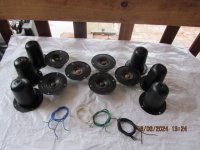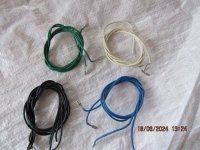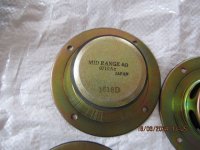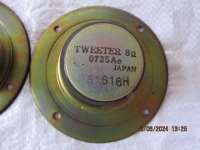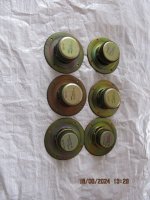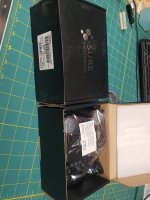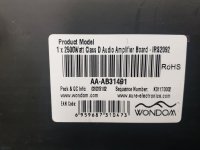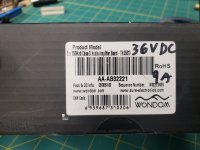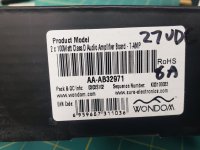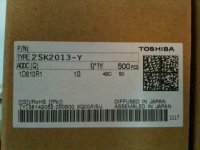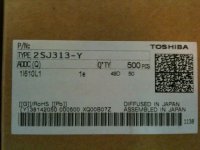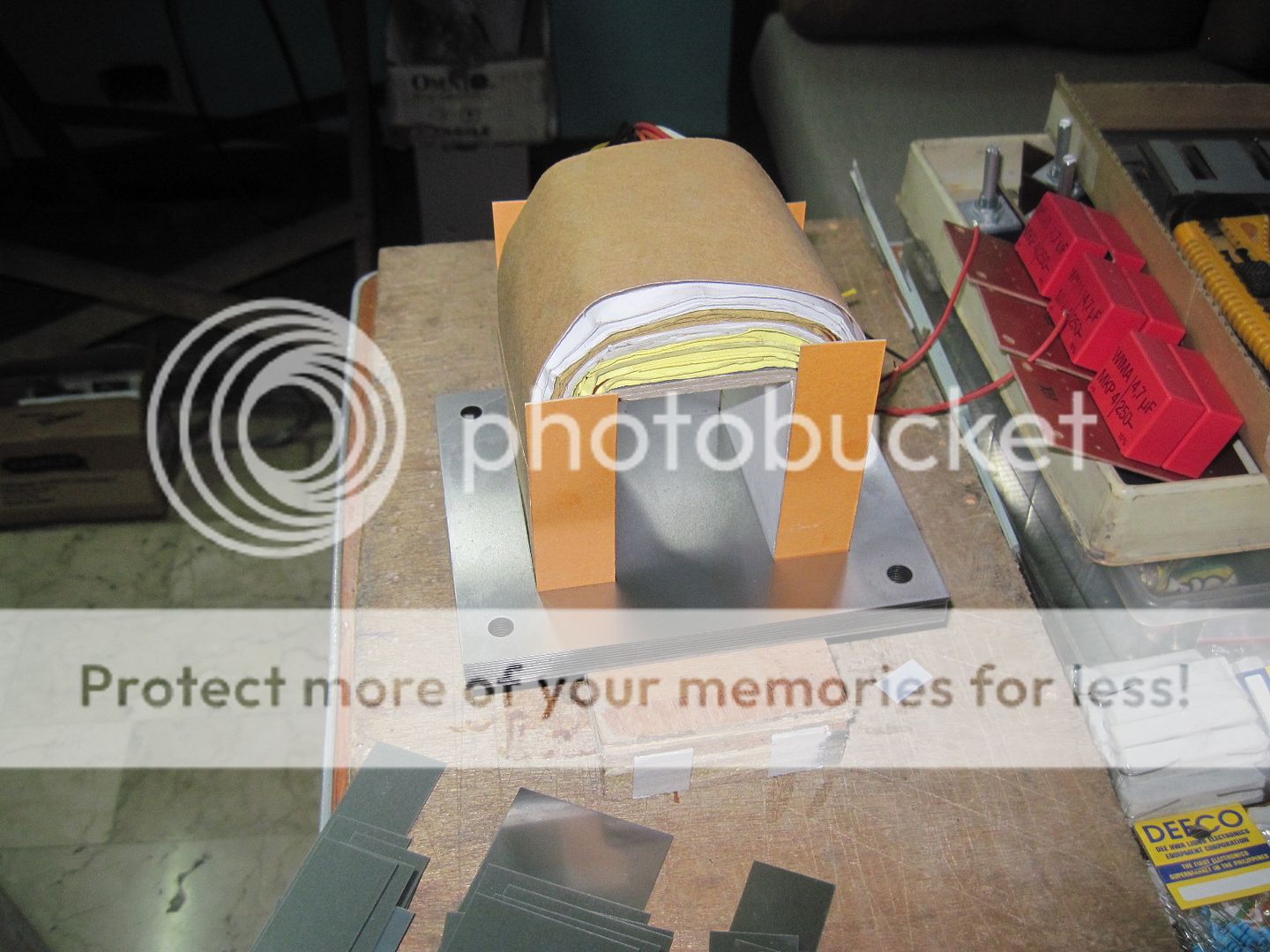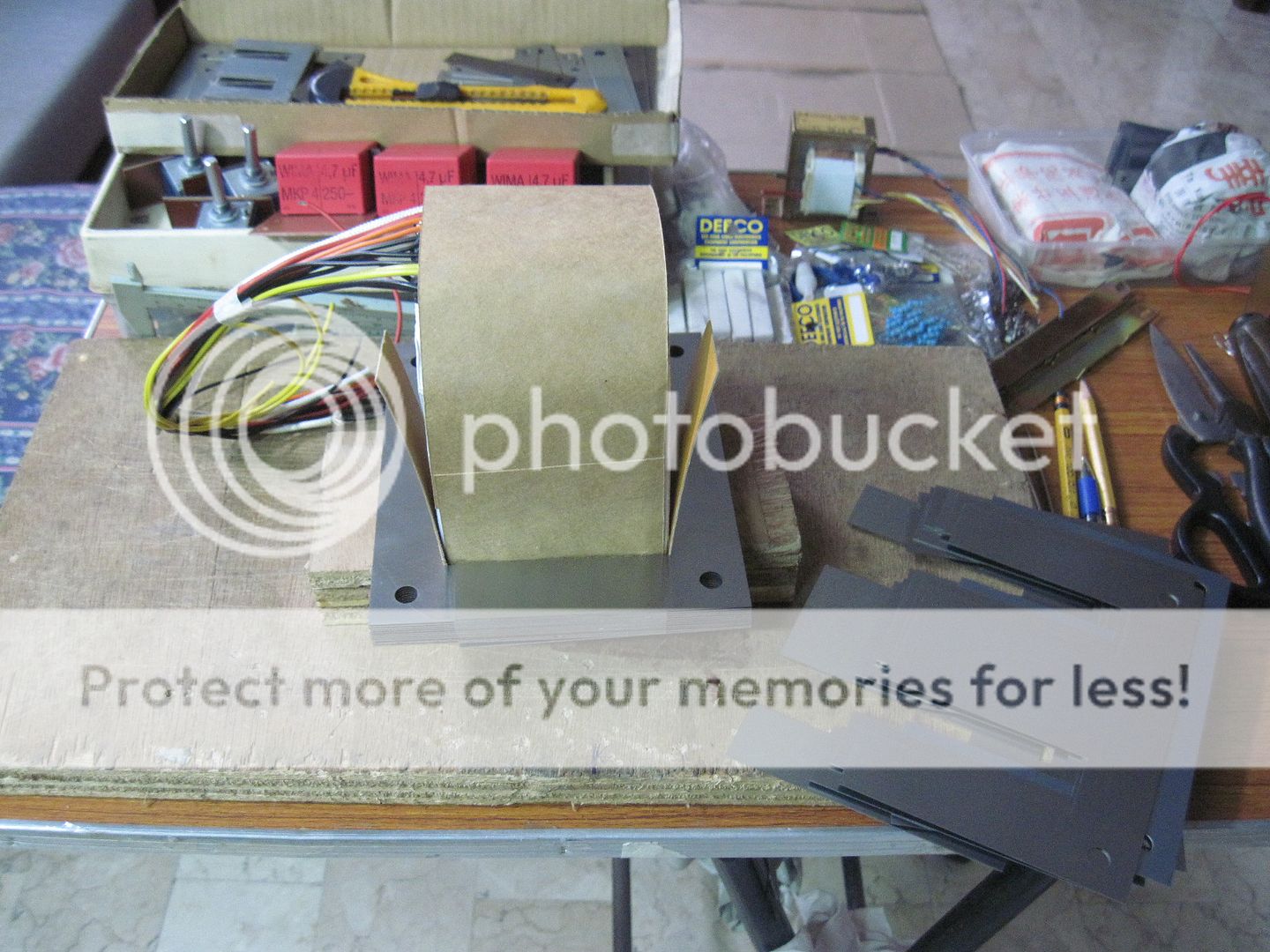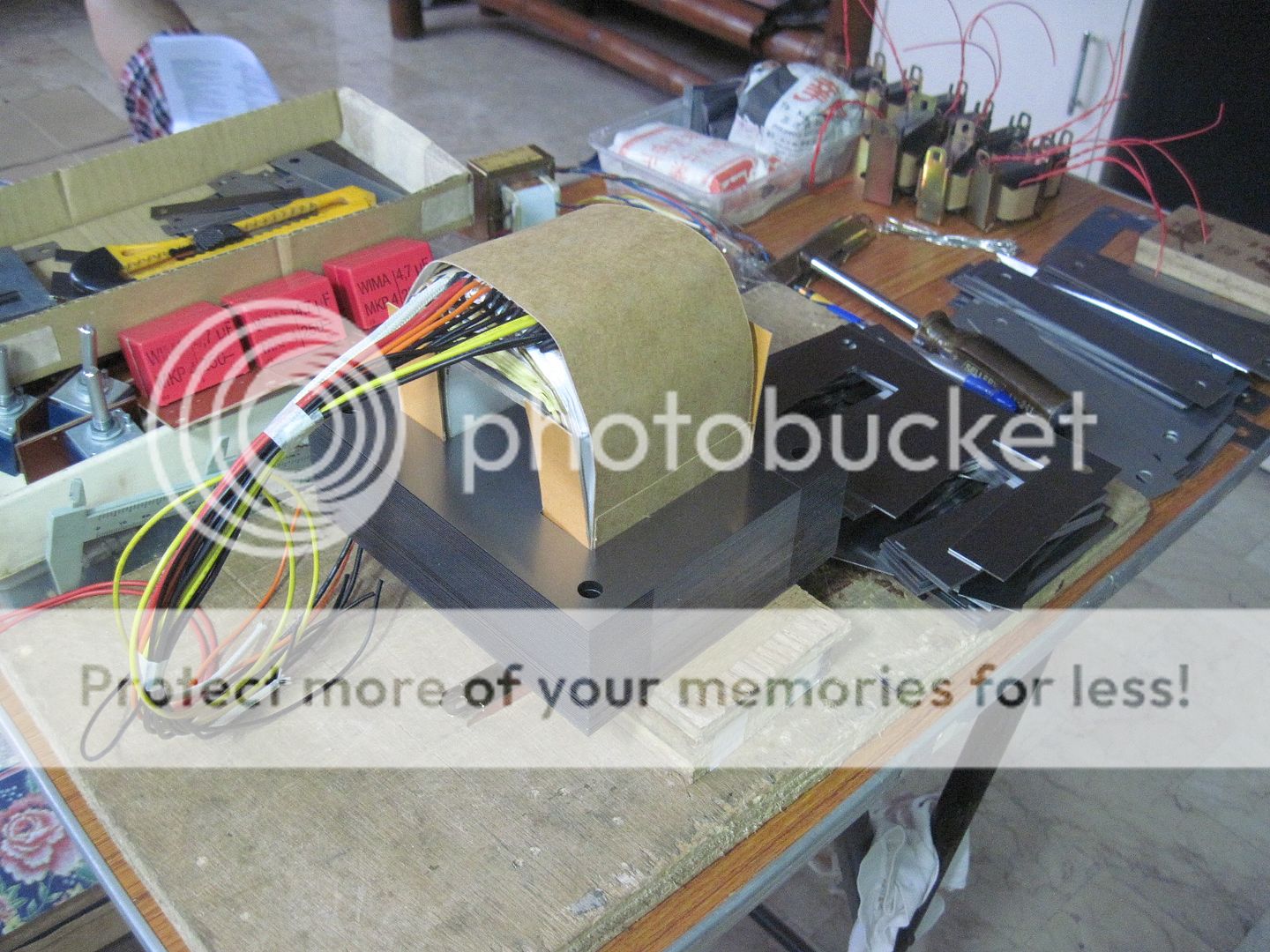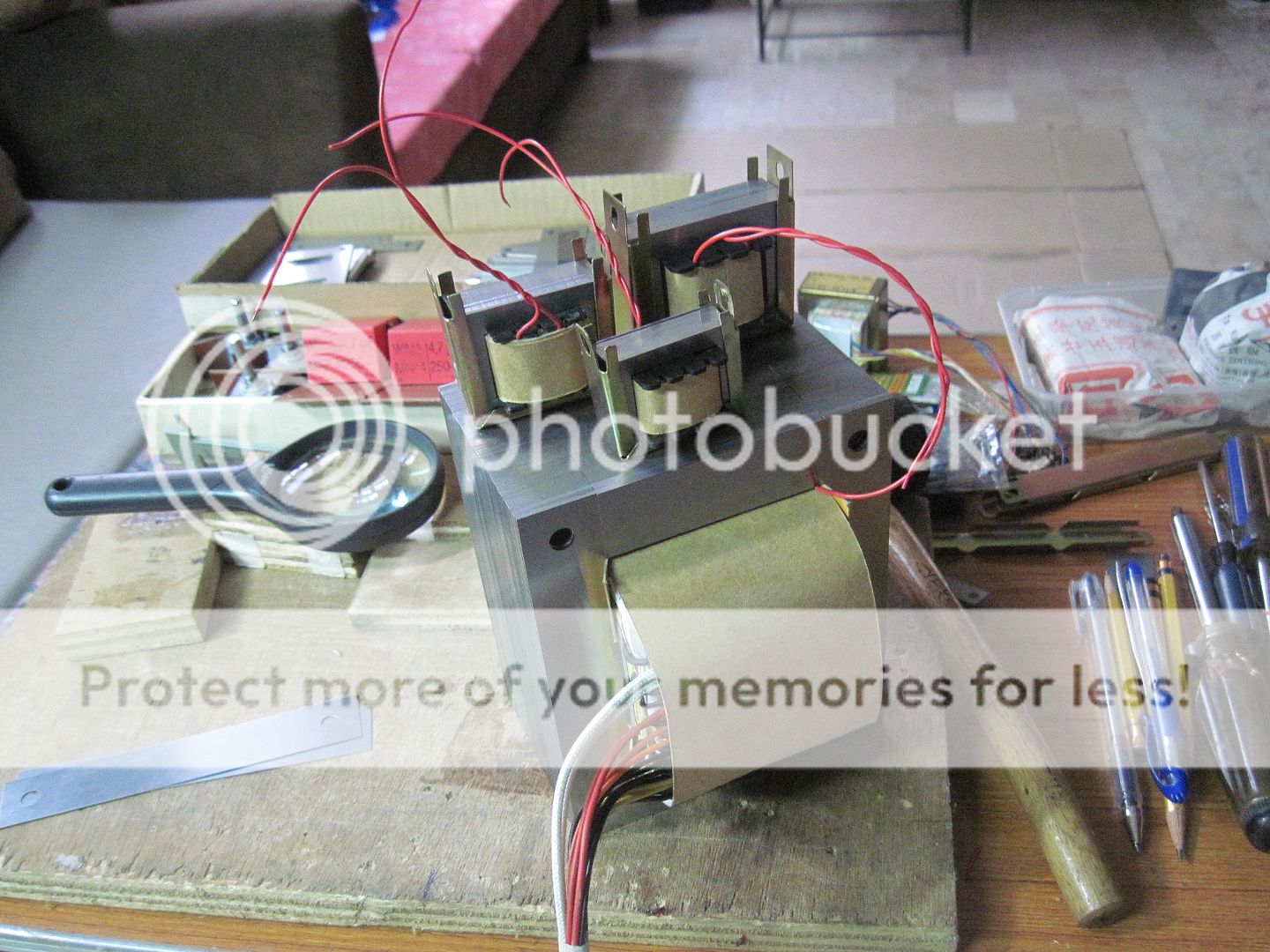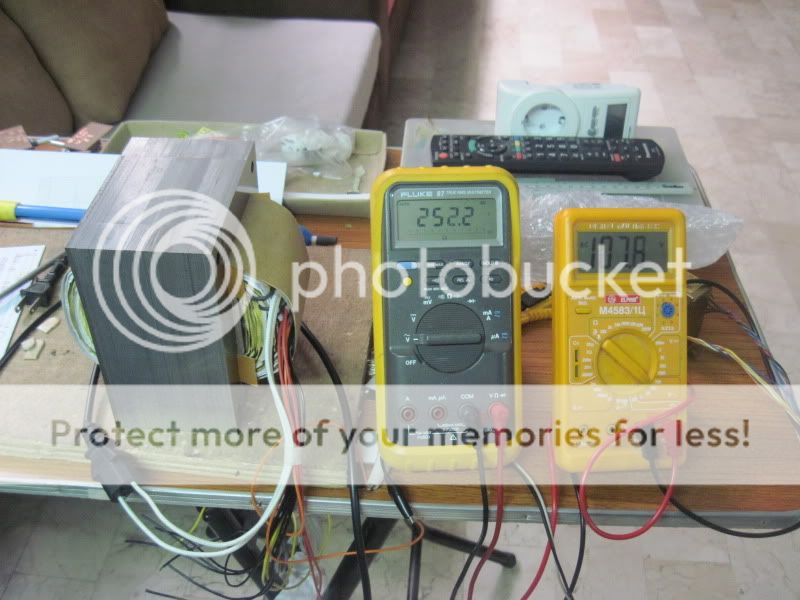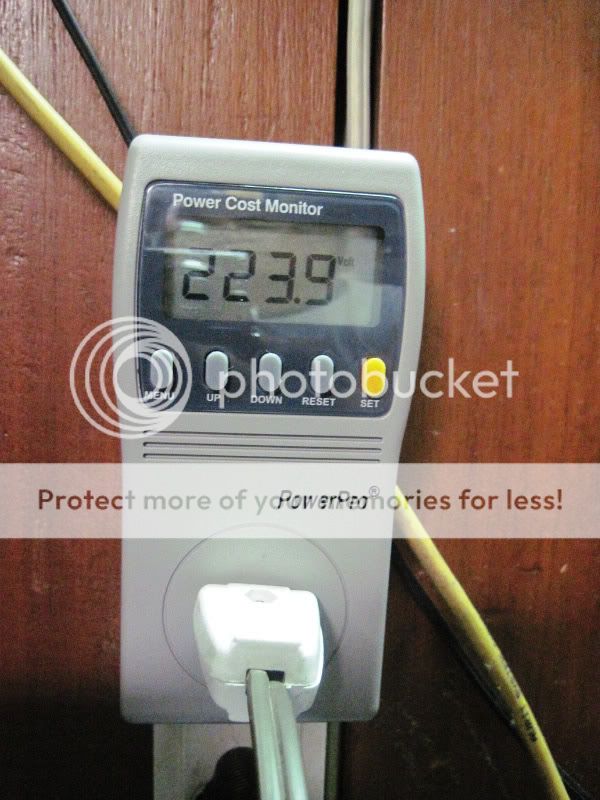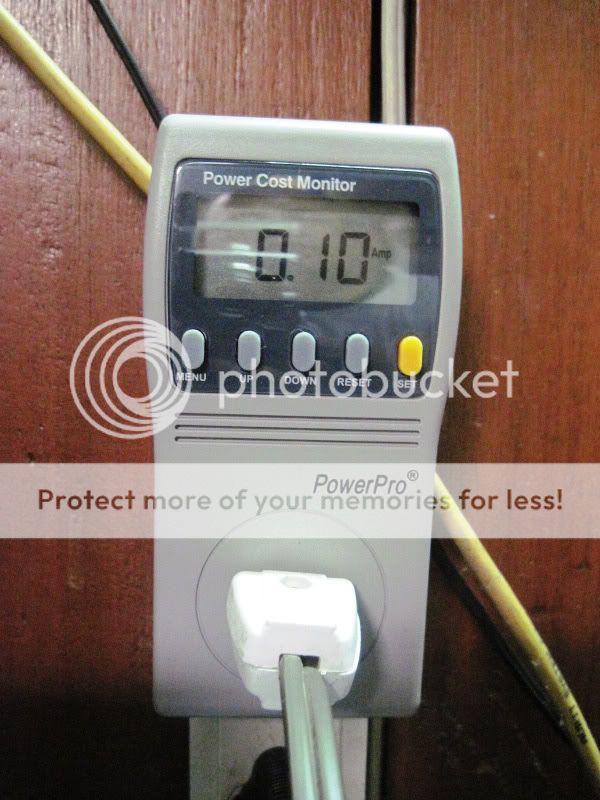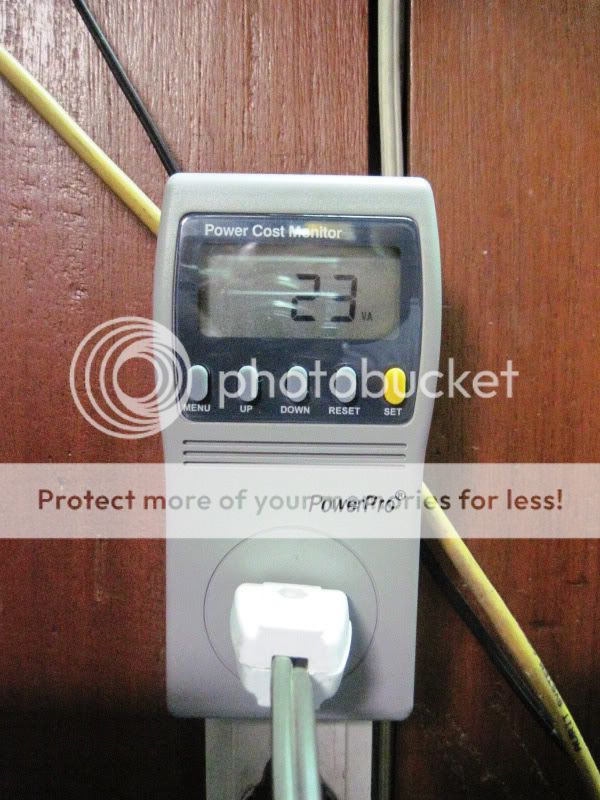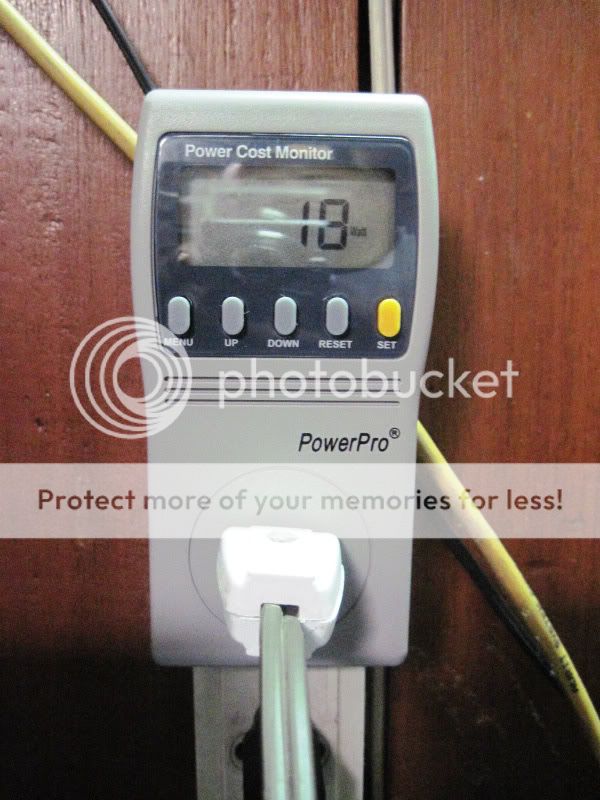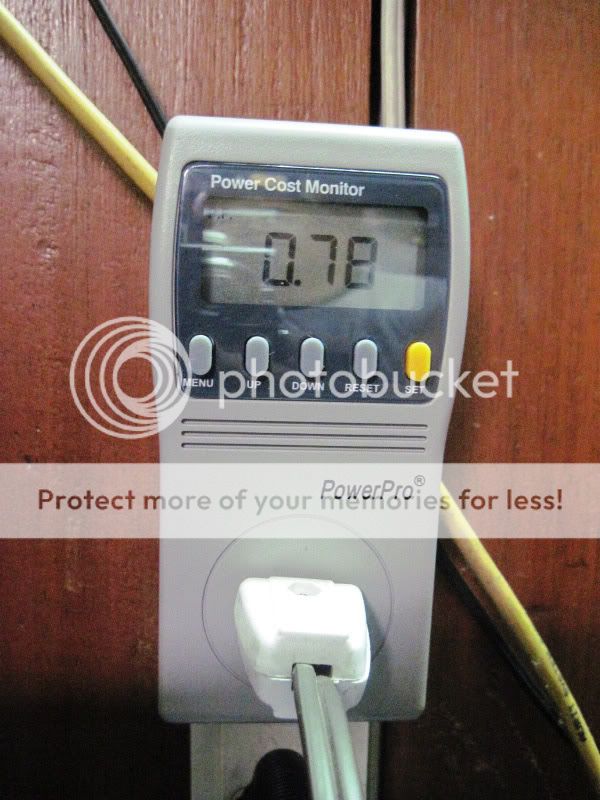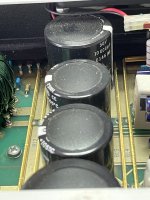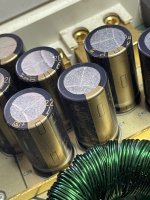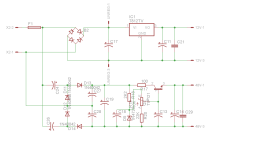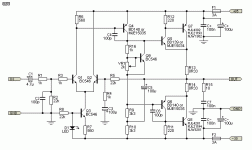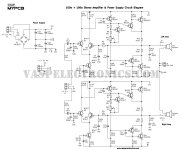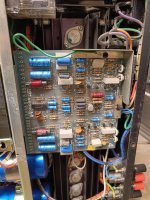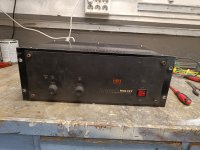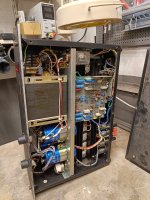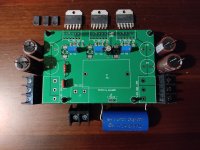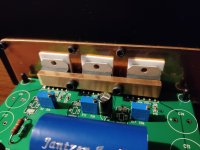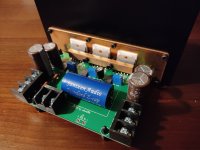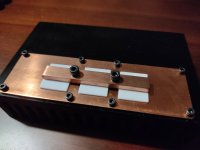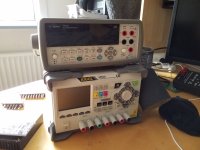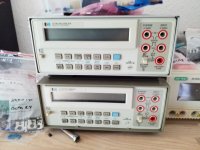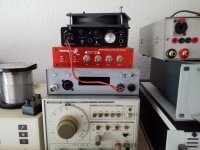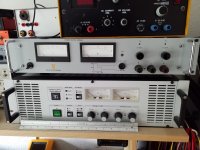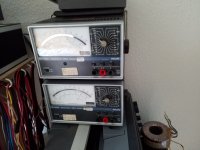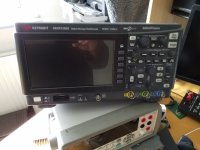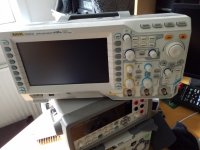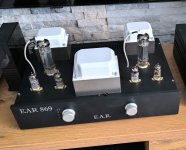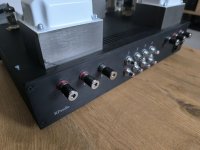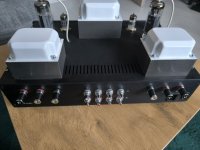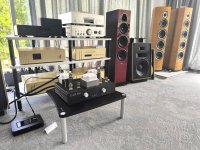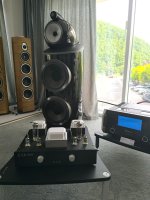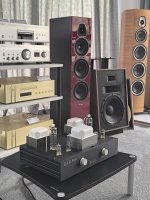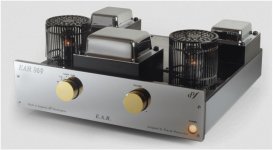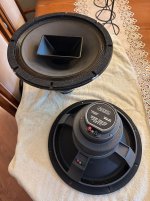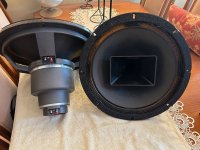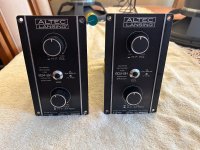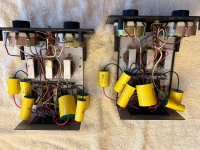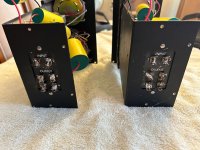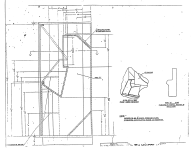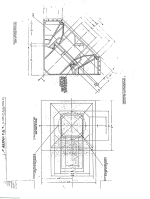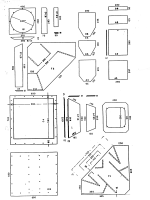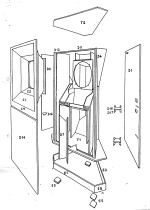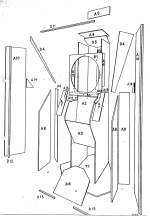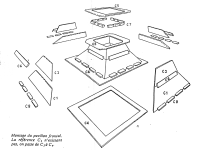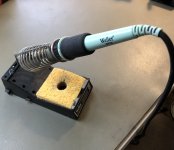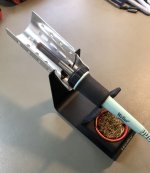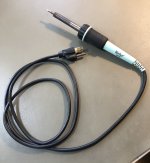Mr Ohashi's Blog July 1, 2024
Translated by Google translator...
Silent Majority
July 1, 2024
It has long been said that a ramen shop that 5 out of 10 people think is delicious is a very successful shop. In other words, it is impossible for 10 out of 10 people to think that the ramen is delicious.
I happened to be talking to a colleague today, and he told me that he was very depressed after seeing some nasty comments online. In this day and age, it's said that everyone is a critic, and if you do an ego search on social media, you'll find a lot of nasty, negative comments, but personally, while I accept those opinions, I don't pay much attention to them.
The reason we have been able to continue this work for 26 years is because of the presence of the silent majority (the majority of people who do not like to speak up) who support us, and because of the trust and gratitude we have from our users.
For example, there may be some customers who say "I don't like the taste of this restaurant" at the register before leaving. However, worrying about that and losing your individuality is a bigger loss. You can just look forward, knowing that your restaurant can continue today because there are customers who come to your restaurant without you having to say anything because they "like the taste of this restaurant."
Just as other people's faces are different, the taste of ramen and the sound of audio equipment are also infinitely different. Since they are made by different people, there is no way that the taste (sound) will be the same. Moreover, with audio, multiple devices interact in complex ways to create the final sound, so even if the device you happened to choose doesn't produce the sound you like, we should understand that there are various factors and backgrounds behind this.
For example, a customer came to listen to the headphones today. He brought his beloved Marantz 7 original and McIntosh MC240 in the rain. Both are in very good condition and in perfect condition.
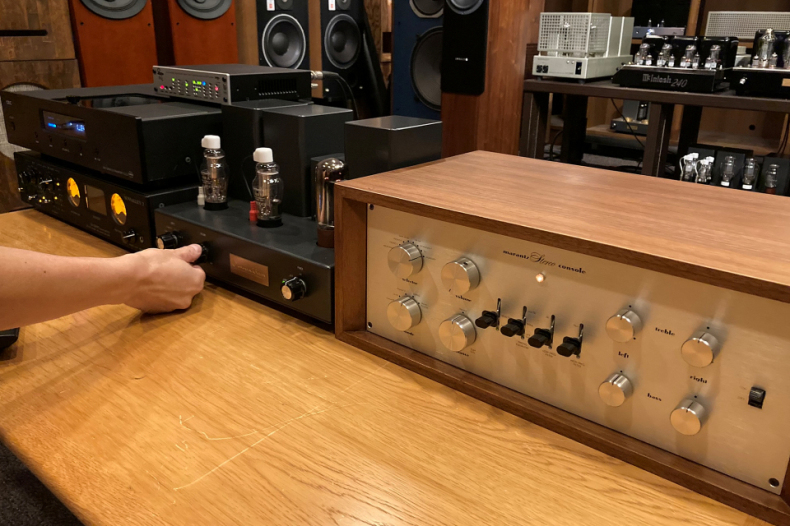
Using the 4344 listening room, the demo units SV-310 and SV-8800SE were used for comparison, and by changing the order and combination,
a total of four different sounds were enjoyed.
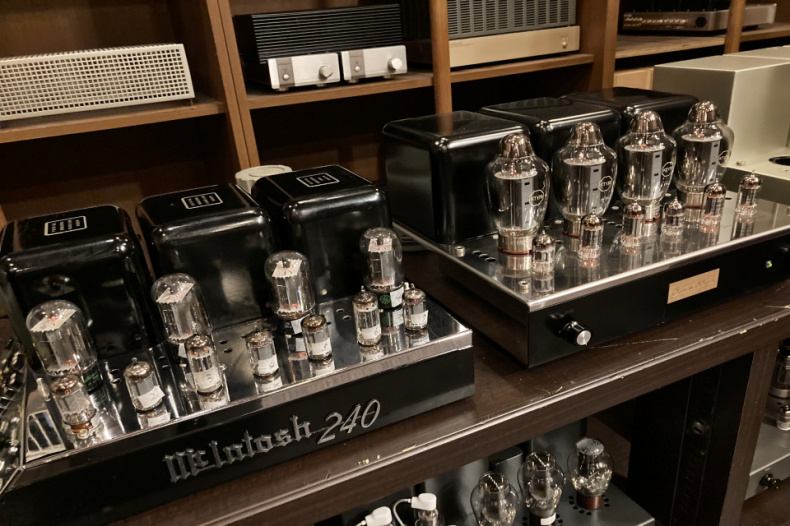
Even with the same combination of vacuum tube preamplifier + multi-electrode tube preamplifier, the sound output is completely different. With the
Marantz + MC240, the mid-bass region is emphasized, giving the sound a full-range sound with a large grain. With classical Tutti, the sound is a little rough, but it is very attractive in terms of density. With the Marantz + SV-8800SE, the high-frequency overtones are added, giving the sound a sense of spaciousness and fine grain, but depending on how you listen, you could even say that the Marantz feel has been diluted. The frequency response of the power amplifier is more than three times different, so the balance of the sound's dominance has changed significantly.
Next, with the SV-310 + MC240, the elasticity and bounciness of the low frequencies add to the dynamism of the music. If you don't mind a somewhat monochrome, sour sound, this may be the best combination for old jazz.
The last combination we listened to was the SV-310 + SV-8800SE, which many people actually use, and the customer said, "This is the best match." To put it in a positive way, you could say that the richness of the SV-310's sound and the flexibility of the SV-8800SE are well blended, but some people may find it too straightforward and uninteresting (sound source).
...As with anything, there are two sides to the same coin. Where there is light, there is always shadow, so it is only natural that evaluations will be completely opposite depending on where you focus and how you feel. Chefs and audio retailers like us do not follow recipes written in a recipe book, but rather believe in our own sensibilities and techniques, so I told them that there is no need to be overly confused by the rare loud minority (a minority that wants to loudly express negative opinions).
It's okay if there are people you don't like... but rather, please take care of the fans of your amplifiers, I felt like I was telling myself that today.
We just have to quietly believe in the majority of people (=Silent Majority) who don't like to speak out and continue to make things honestly today... that's all we can do in the end.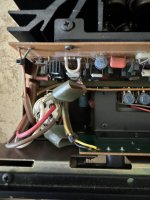
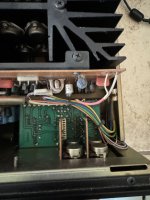
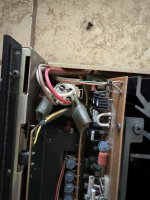
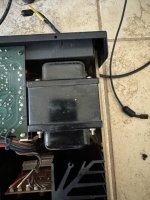
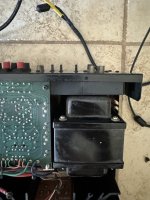
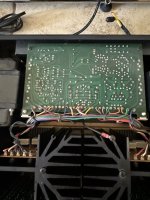

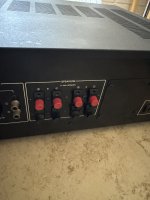
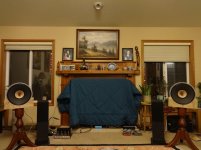
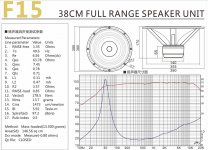
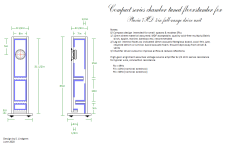
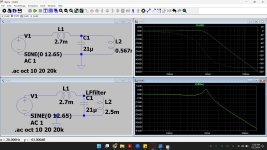
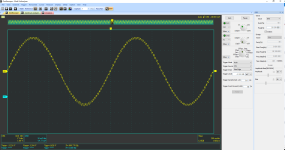
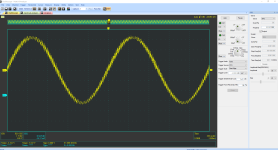
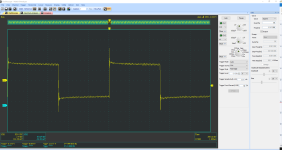
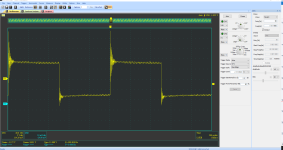
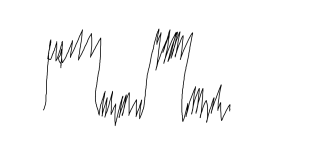
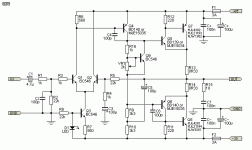

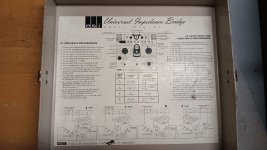
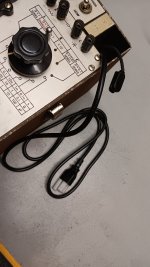
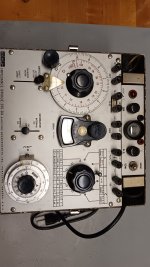
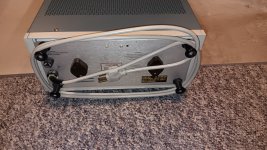
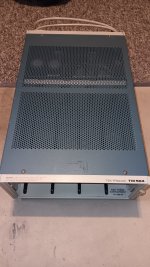
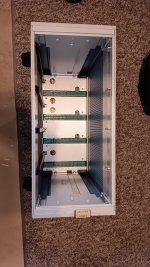
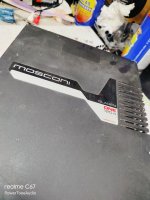
 Moderation Edit. Please post in English.
Moderation Edit. Please post in English.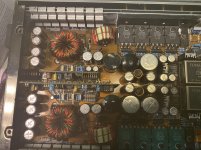
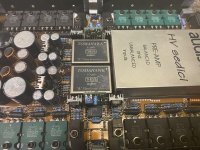
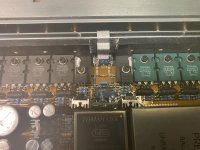
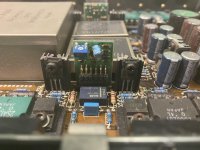
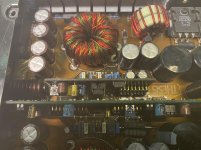
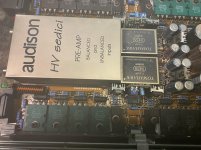
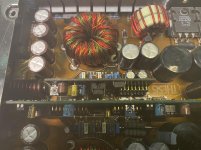
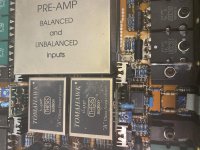
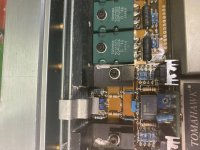
 , passed away.
, passed away.